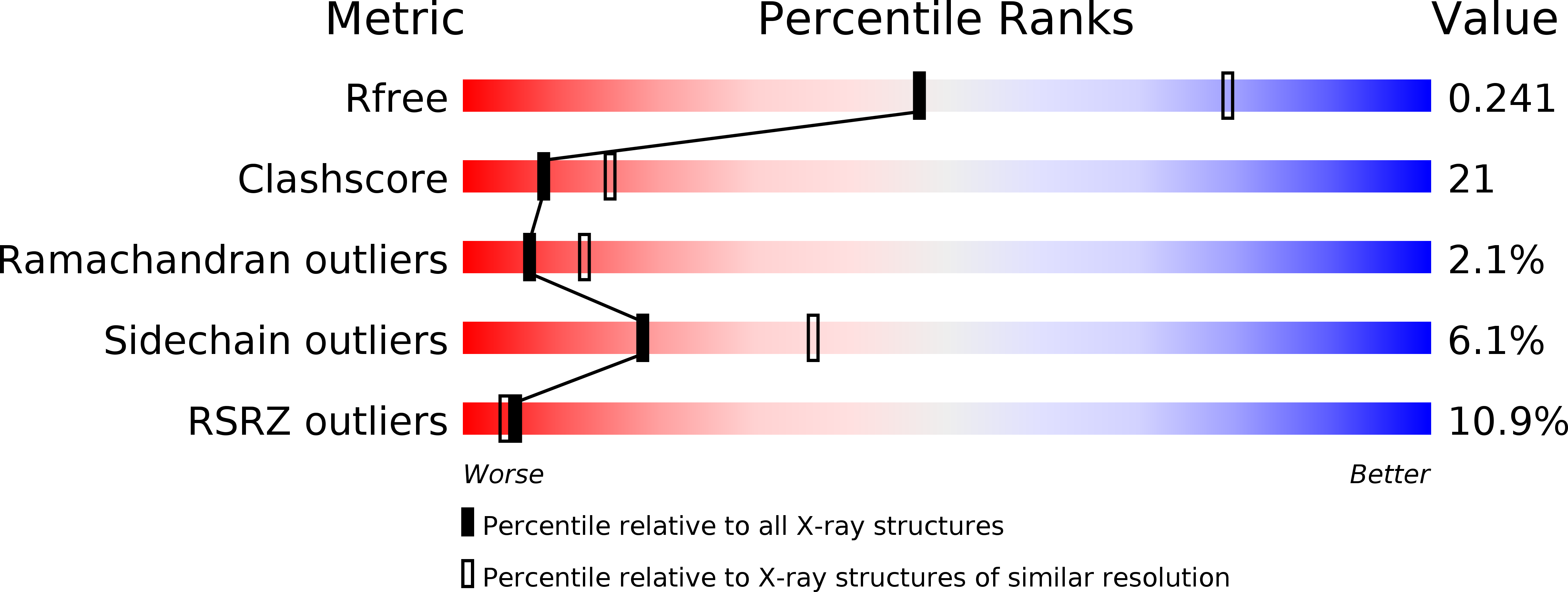
Deposition Date
2010-05-28
Release Date
2011-06-08
Last Version Date
2023-09-06
Method Details:
Experimental Method:
Resolution:
2.59 Å
R-Value Free:
0.24
R-Value Work:
0.20
R-Value Observed:
0.20
Space Group:
C 1 2 1


